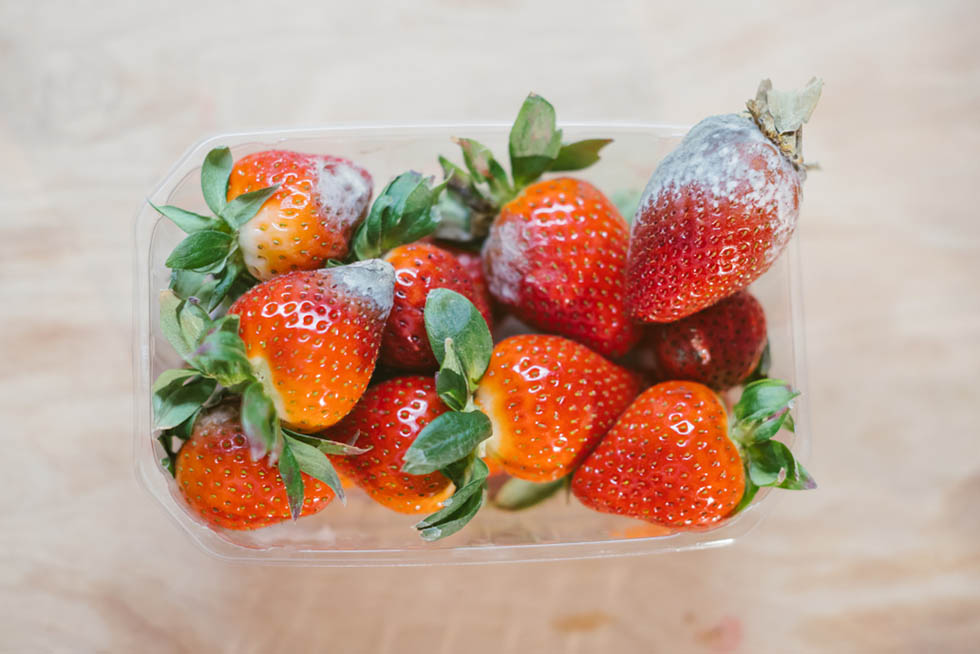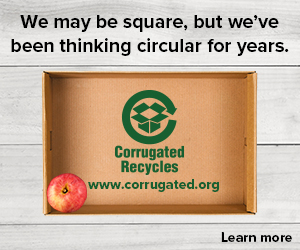
For this study Oregon researchers focused on the problem of people discarding their once-edible food. | Alina Rosanova/Shutterstock
For most people, a diary entry might recount memorable moments from the previous day, or details on love gone bad.
But in Oregon, residents were recently instructed to journal about the food they sent to disposal, recovery and other channels.
Using those writings, as well as survey results and waste sort data from dozens of households, researchers looked at the types and tonnages of wasted food in the state. The work, conducted by Portland State University for the Oregon Department of Environmental Quality (DEQ), also probed the causes of the waste and residents’ attitudes.
The recently released Oregon Wasted Food Study lays out some compelling data and offers advice for municipal or state program leaders looking to conduct their own food waste studies.
A few takeaways from the Beaver State
Oregon researchers focused on the problem of people discarding their once-edible food. Understanding the reasons for wasted food was a goal of the study.
“Wasted food, that is throwing away food that could have been eaten, is preventable,” the report notes. “Indeed, prevention – avoiding the wasting of food in the first place – has far greater potential to reduce environmental impacts than recovery methods such as composting or anaerobic digestion.”
The study found that 71% of food thrown away by households could have been eaten at some point. The root cause for that food getting discarded, according to researchers, was a failure to manage the food, by either households “losing” it in the fridge until it went bad, or making or buying too much food in the first place.
Researchers in the Beaver State found underreporting was an issue with the diary method. Residents indicated in their diaries they disposed of 1.5 pounds of edible food per capita in curbside garbage and organics carts. But when researchers combed through the contents of those households’ carts, they found 1.9 pounds for each resident.
That being said, both methods came up with remarkably similar numbers for the percentages of inedible food waste versus once-edible wasted food. The diary-keepers indicated 29% was inedible (bones, shells, etc.), very close to the inedible number derived from the sorts: 32%.
The research also involved interviews and surveys to gauge Oregonians’ attitudes about food waste.
In Oregon households, many surveyed residents noted feelings of guilt, saying they felt they should reduce the amount of food they waste. The researchers were able to suss out some ways people react to those feelings. One of those was storing food in the refrigerator. Two-thirds of survey respondents said they felt less guilty about storing leftovers in the fridge rather than immediately throwing them away, even if the food ended up being wasted later anyway.
And nearly three-quarters of survey respondents felt less guilty about disposing of food in compost bins than in the trash.
“Composting has been successfully marketed as a better alternative to landfilling and is contributing to diverting food waste from landfill,” the report noted. “However, composting may also contribute to increased generation of wasted food by alleviating some guilt around throwing food items in the trash. Some respondents justified their over-purchasing by explaining that they would compost the extra food items so it wasn’t actually wasting.”
Considerations for future efforts
Acknowledging more research needs to be conducted into the issue of wasted food, the Oregon report provides advice for others looking to launch studies.
Researchers discussed the comparative advantages and disadvantages of four data-collection techniques: self-reported surveys, self-reported diaries, waste composition studies on aggregated samples, and waste composition studies on the household level.
Diaries take a lot of money and resources in terms of recruiting households to participate. The method also demands ongoing support from research staff, rewards and incentives to get residents to participate, and compilation and analysis afterward.
But that strategy also yields a depth of data that others, such as waste sorts, can’t. For example, they can show all disposal channels, not just curbside carts — the Oregon diaries showed 11.2% of food thrown away was washed down the drain or garbage disposal. And they can glean the reasons why the food went uneaten.
But, as noted earlier, the diaries also suffer from an underreporting of weight, so the Oregon researchers recommended using other strategies, such as sorts of curbside material, to gauge the level of underreporting. Another benefit of sort exercises is they generate more objective data. A household filling out a daily food waste diary may change its behavior because it’s been made more aware of its waste, but an aggregated waste sort shows what households actually do during their usual routines.
The report acknowledges many programs may have limited data on hand. Researchers recommend, at a minimum, assessing how much of the food waste was once edible versus inedible, so the program can track progress toward reducing waste of edible food. Otherwise, well-intentioned programs may be left touting the success of reducing methane generation by diverting food waste from landfills, when the amount of edible food being waste is actually increasing, according to the report.
“If the overall amount of food disposed to all destinations is increasing, so are the environmental, economic, and social burdens associated with that wasted food and in particular, the large upstream impacts of production, which are typically unseen or not considered in traditional waste-based measurement or assessment,” the report notes.
More stories about organics
- California extends compostable labeling law
- CA compostable labeling deadline worries producers
- Organics collection programs take care, creativity



